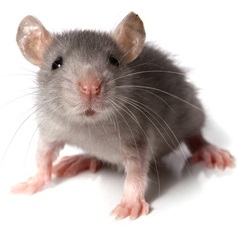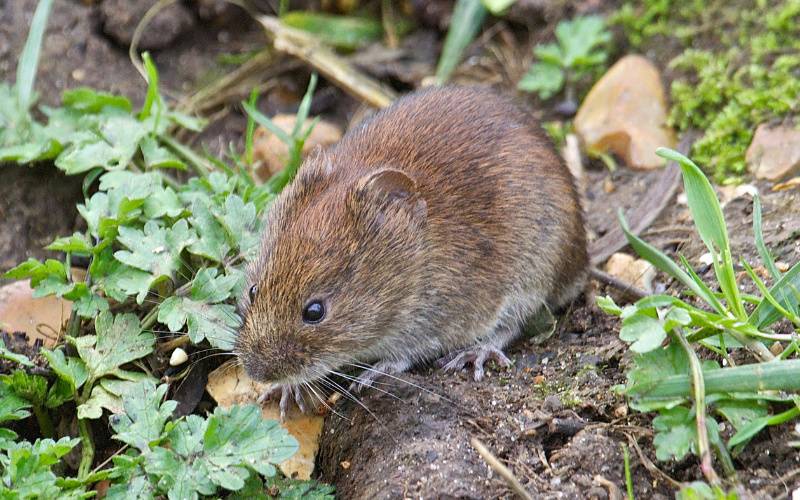Comprehensive Overview to Efficient Vole Parasite Control: Invasion Identification and Therapy Approaches
In the realm of reliable bug control, vole invasions position a distinct obstacle that requires a critical approach. By exploring the subtleties of vole actions, recognizing key signs of invasion, and reviewing a range of control alternatives, one can develop a comprehensive strategy to battle these elusive pests.
Recognizing Vole Actions
Vole actions is characterized by their tunneling routines and fast reproduction prices, making them a difficult parasite to regulate effectively. Their quick reproductive price further makes complex control efforts, with women capable of generating several trashes in a single year, each including a number of spawn.
Recognizing vole behavior is critical for efficient bug control methods. By recognizing their burrow areas, keeping an eye on feeding areas, and carrying out targeted control techniques, such as capturing or habitat adjustment, vole invasions can be handled effectively.
Indicators of Vole Invasion

Avoidance Strategies
Executing efficient avoidance approaches is crucial in minimizing vole invasions and guarding vegetation from their harmful feeding behaviors (vole control). To avoid vole infestations, it is important to start by getting rid of potential food resources and shelter. Maintain grass and greenery cut short, get rid of weeds and particles, and preserve a clean garden or yard to make the location less eye-catching to voles. Mounting barriers such as equipment towel or below ground fence can likewise help discourage voles from entering particular areas. In addition, minimizing excess dampness by fixing dripping pipelines and making certain appropriate water drainage can make the setting less friendly for voles.
Routinely examining the residential or commercial property for indications of vole task, such as runways and burrow openings, is vital for early detection and punctual action. If vole activity is thought, consider making use of catches or repellents purposefully positioned near their pathways.
Non-Lethal Control Methods
To properly take care of vole populaces while prioritizing gentle approaches, non-lethal control techniques offer functional solutions for minimizing vole damage in gardens and landscapes. One reliable method is using physical obstacles such as equipment fabric or cable mesh to protect susceptible plants. These barriers can be buried a minimum of 12 inches deep and curved at a 90-degree angle to avoid voles from burrowing below. Additionally, habitat alteration can discourage voles by minimizing their liked food resources and hiding places. Maintaining a well-mowed grass, eliminating particles, and maintaining greenery cut can make the setting less enticing to voles.

Lethal Control Options
One effective technique for dealing with vole invasions in gardens and landscapes entails the calculated use of lethal control alternatives. When faced with a severe vole problem that non-lethal approaches have actually stopped working to include, implementing dangerous control measures comes to be vital. One commonly used dangerous control choice is the use of snap traps. These catches are designed to swiftly and humanely eliminate voles upon activation, making them a popular selection for many garden enthusiasts and landscaping companies. To increase the efficiency of breeze traps, it is recommended to put them in locations where vole activity is high, such as along runways or near burrow entrances. An additional dangerous control alternative is the utilization of harmful baits specifically created to target voles. These lures have poison that is consumed by the voles, resulting in their eventual demise. Nonetheless, care should be exercised when utilizing poisonous baits to stop injury to non-target pets or pet dogs. In general, when utilizing lethal control alternatives, it is necessary to do so sensibly and according to local guidelines to properly take care of vole infestations.
Final Thought
Finally, efficient vole insect control needs a comprehensive understanding of vole habits, identification of indications of infestation, execution of avoidance strategies, and application of both deadly and non-lethal control methods. By incorporating these strategies, individuals can successfully handle vole populaces and shield their residential or commercial property from damage. It is necessary to attend to vole invasions promptly to stop further problems and reduce the effect on the surrounding atmosphere.
Offered the intricate tunnel systems and rapid recreation rates characteristic of voles, acknowledging the indications of vole problem becomes crucial in efficient bug control. One of the key indications of vole presence is the visibility of surface runways or routes in grass or snow, commonly regarding 1-2 inches wide, created as voles travel in between their burrows and food sources.To effectively handle vole populations while prioritizing humane techniques, non-lethal control techniques supply functional options for lowering vole damages in landscapes and gardens.One efficient approach for addressing vole infestations in gardens and landscapes entails the strategic use of deadly control choices. vole yard damage.In conclusion, reliable vole insect control needs a comprehensive understanding of vole actions, identification of indicators of problem, implementation of avoidance approaches, and use of both deadly and non-lethal control approaches